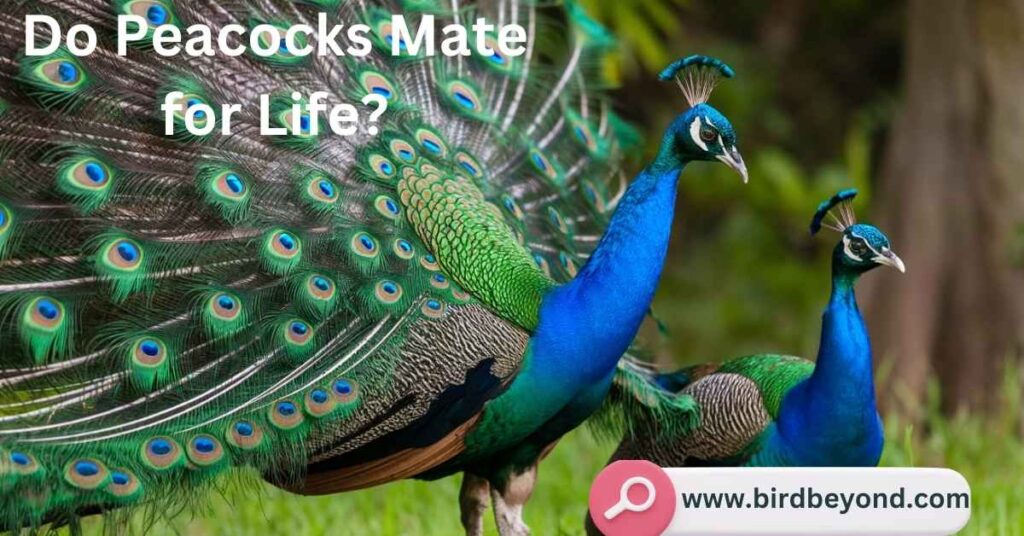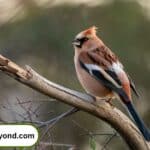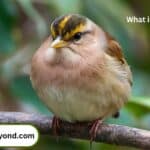Peacocks, with their stunning displays of iridescent feathers, have captivated human imagination for centuries. These majestic birds, known for their elaborate courtship rituals, raise an intriguing question: do peacocks mate for life? Let’s dive into the fascinating world of peacock mating habits and unravel the mysteries of their romantic entanglements.
Peacock vs. Peafowl: Clearing Up the Confusion
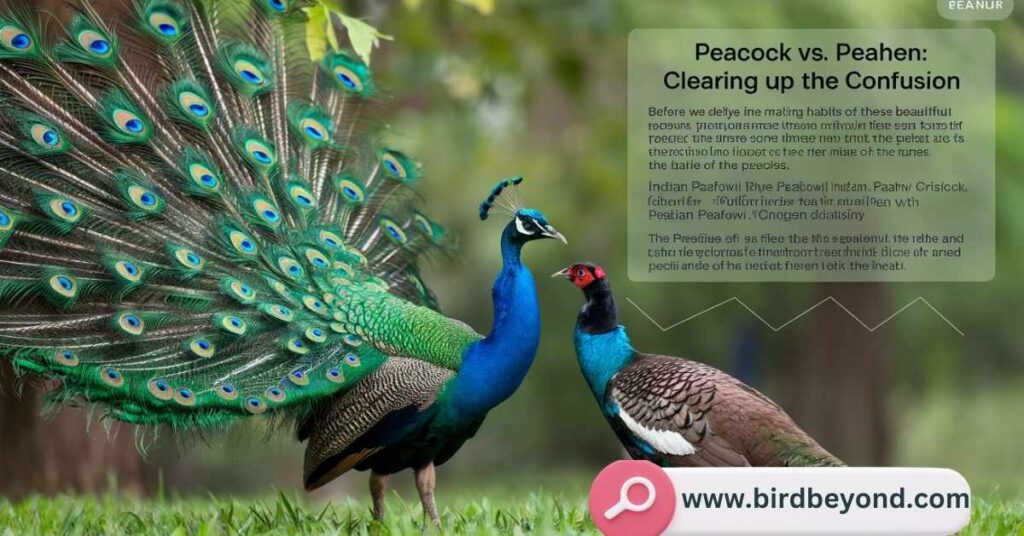
Before we delve into the mating habits of these beautiful birds, let’s clear up some common terminology:
- Peafowl: The general term for the species
- Peacock: The male of the species
- Peahen: The female of the species
There are three main species of peafowl:
- Indian peafowl (Pavo cristatus)
- Green peafowl (Pavo muticus)
- Congo peafowl (Afropavo congensis)
The Indian peafowl is the most common and widely recognized species, known for its vibrant blue plumage.
The Mating Game: Peacock Style
Seasonal Breeding Patterns
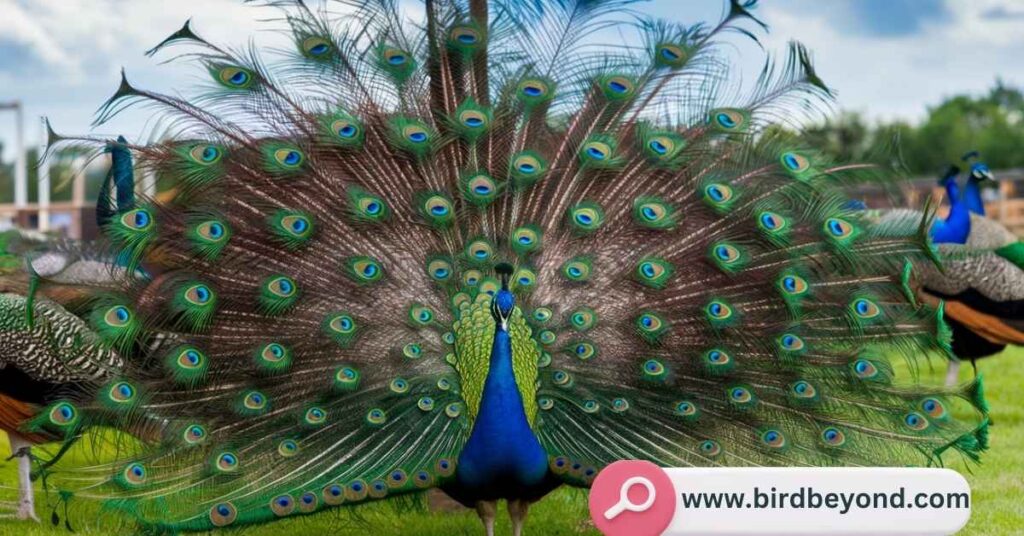
Peafowls are polygamous Do Peacocks Mate for Life?, meaning they don’t form lifelong pair bonds. Their mating habits are closely tied to seasonal patterns. In most regions, the breeding season for peafowl typically occurs:
- In the northern hemisphere: Late spring to early summer (April to August)
- In the southern hemisphere: During the rainy season (usually October to March)
The Famous Peacock Courtship Display
The male peacock’s courtship display is one of nature’s most spectacular sights. Here’s how it unfolds:
- Fanning the train: The peacock spreads his long, iridescent tail feathers into a fan shape.
- Vibrating: He vibrates his feathers, creating a mesmerizing shimmering effect.
- Vocalizing: The male emits loud calls to attract females and assert dominance.
- Dancing: He performs a strutting dance, turning to show off his plumage from various angles.
“The peacock’s display is not just for show. It’s a complex communication system that conveys information about the male’s fitness and genetic quality.” – Dr. Roslyn Dakin, Behavioral Ecologist
The Science Behind Iridescent Feathers
The peacock’s iridescent feathers are a marvel of natural engineering:
- Nanostructures: Microscopic structures in the feathers reflect light at different angles.
- Melanin pigments: These absorb certain wavelengths of light, enhancing the iridescent effect.
- Eyespots: The distinctive circular patterns on tail feathers play a crucial role in attracting mates.
Female Choice in Mate Selection
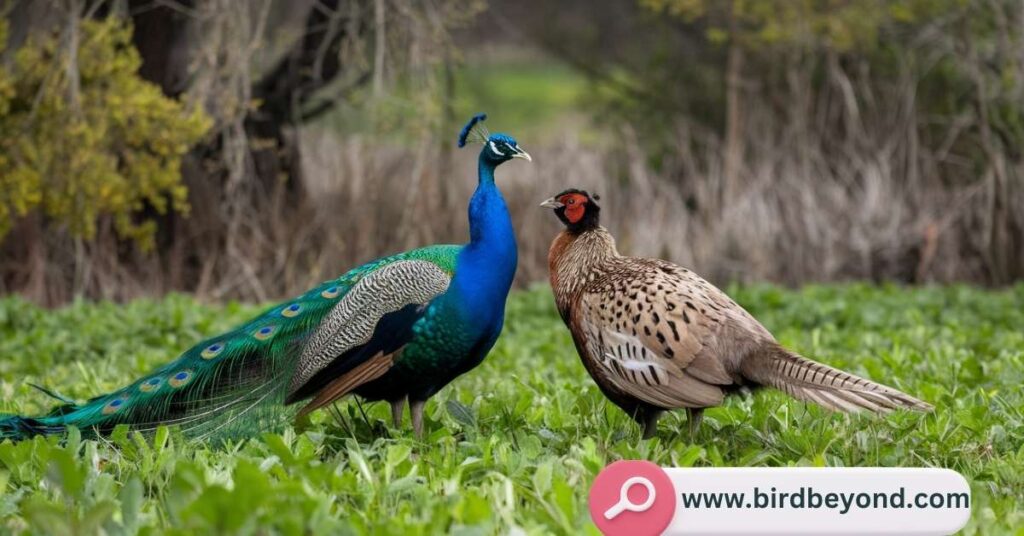
Peahens are discerning when it comes to choosing a mate. They assess potential partners based on:
- Train quality: The size, symmetry, and number of eyespots
- Display performance: The vigor and duration of the courtship dance
- Overall health: Physical condition and lack of parasites
- Age and experience: Older males often have more developed trains
Do Peacocks Mate for Life? The Short Answer
No, peacocks do not mate for life. Unlike some bird species that form long-term pair bonds, peafowl engage in a mating system known as serial monogamy. This means they may form short-term pair bonds during a breeding season but typically seek new mates in subsequent seasons.
Debunking the Myth of Lifelong Monogamy
The misconception that peacocks mate for life likely stems from:
- Their elaborate courtship displays, which can seem like a deep commitment
- Observations of peacocks in captivity, where limited options may lead to longer-term pairings
- Cultural symbolism associating peacocks with fidelity and eternal love
Explaining Serial Monogamy in Peafowl
In the wild, peafowl mating patterns typically follow this cycle:
- Males establish territories and perform courtship displays
- Females select mates based on display quality and other factors
- Mating occurs, and females lay eggs
- Females incubate eggs and raise chicks alone
- The next breeding season, the process begins anew with potentially different partners
The Nitty-Gritty of Peacock Relationships
Duration of Pair Bonds
While peacocks don’t mate for life, their pair bonds can last:
- A few days to several weeks during the breeding season
- Occasionally, an entire breeding season (but this is not the norm)
Factors Influencing Mate Selection
Several factors play into a peahen’s choice of mate:
- Age and experience
- Older males often have more developed trains and better display techniques
- Experienced males may have proven their ability to survive and pass on genes
- Health and genetic quality
- Vibrant plumage and energetic displays indicate good health
- Symmetrical eyespots suggest genetic quality
- Environmental conditions
- Availability of food resources can affect male display quality
- Population density may influence competition and mate choice
Comparison with Other Bird Species’ Mating Habits
To put peacock mating habits in context, let’s compare them to other birds:
| Species | Mating System | Pair Bond Duration |
|---|---|---|
| Peacock | Serial monogamy | Seasonal |
| Swan | Monogamy | Lifelong |
| Emperor Penguin | Serial monogamy | Seasonal |
| Albatross | Monogamy | Lifelong |
| Hummingbird | Polygyny | Brief (days) |
The Peahen’s Perspective
What Peahens Look for in a Mate
Peahens are selective in their mate choice, considering:
- Train quality: Larger trains with more eyespots are preferred
- Display vigor: Energetic and frequent displays signal good health
- Coloration: Brighter, more iridescent feathers are attractive
- Body size: Larger males may be favored in some populations
- Vocalization: The quality and frequency of calls can influence mate choice
The Role of Female Competition
Do Peacocks Mate for Life? are known for their competitive displays, female competition also plays a role:
- Peahens may compete for access to high-quality males
- In some cases, dominant females may interfere with the mating attempts of other females
- Female competition can influence the overall mating dynamics of a peafowl population
From Courtship to Parenthood
Nesting Behavior
After mating, peahens engage in nesting behavior:
- Site selection: Peahens choose secluded spots, often on the ground hidden by vegetation
- Nest construction: A shallow depression is scraped in the soil and lined with leaves and twigs
- Clutch size: Typically 3-8 eggs are laid, one every other day
Egg-laying and Incubation
- Incubation period: 28-30 days
- Sole responsibility: The peahen incubates the eggs alone
- Nest defense: Females fiercely protect their nests from predators
Male Involvement (or Lack Thereof) in Chick-rearing
Peacocks play little to no role in raising peachicks:
- They do not assist in incubation
- They do not help feed or protect the chicks
- Males may occasionally be seen in the vicinity of peahens with chicks, but this is likely coincidental
Peachick Development and Survival Rates
Peachicks face many challenges in their early life:
- Hatch weight: About 100-120 grams
- Early mobility: Chicks can walk and feed themselves within hours of hatching
- Plumage development:
- At 3 weeks: First feathers replace down
- At 2 months: Juvenile plumage is complete
- At 3 years: Males develop full adult plumage
- Survival rates: Vary greatly depending on habitat and predator presence, but generally:
- 50-70% survival rate to 1 month
- 30-50% survival to adulthood
The Impact of Captivity on Mating Behaviors
Differences Between Wild and Captive Peafowl
Captivity can significantly alter peafowl mating behaviors:
- Limited mate choice: Fewer options may lead to longer-term pairings
- Altered display behaviors: Confined spaces may restrict full courtship displays
- Breeding season changes: Artificial lighting and climate control can affect timing
- Reduced competition: Fewer males may result in less intense courtship efforts
Conservation Implications
Understanding mating behaviors is crucial for conservation efforts:
- Genetic diversity: Ensuring varied mating opportunities in captive breeding programs
- Natural behavior preservation: Creating environments that allow for normal courtship and mating
- Release programs: Considering mating habits when reintroducing peafowl to wild habitats
Cultural Significance of Peacock Mating Habits
Symbolism in Various Cultures
Peacocks and their mating behaviors have inspired symbolism worldwide:
- India: Associated with Kartikeya, the god of war, and Saraswati, the goddess of wisdom
- Ancient Greece: Linked to the goddess Hera and seen as symbols of immortality
- Christianity: Represents resurrection and eternal life
- China: Symbolizes dignity and beauty
Influence on Art and Literature
The peacock’s striking appearance and courtship have inspired countless works:
- Visual arts: Featured in paintings, sculptures, and decorative arts across cultures
- Literature: Used as metaphors for pride, beauty, and the fleeting nature of life
- Fashion: Peacock feathers and motifs have long been popular in clothing and accessories
Conclusion
While peacocks don’t mate for life, their mating habits are no less fascinating. From the male’s spectacular courtship display to the female’s discerning choice and solo parenting, peafowl demonstrate the incredible diversity of nature’s reproductive strategies. Understanding these patterns not only satisfies our curiosity but also informs conservation efforts and deepens our appreciation for these majestic birds.
Do as discovered, the question “Do peacocks mate for life?” opens up a world of intricate behaviors, evolutionary adaptations, and cultural significance. The next time you see a peacock’s dazzling display, remember the complex dance of genetics, choice, and survival playing out before your eyes.
FAQs About Peacock Mating
Q: How often do peacocks mate?
A: Peacocks typically mate during their breeding season, which occurs once a year. Within this season, a male may mate with multiple females if given the opportunity.
Q: Can peacocks mate with other bird species?
A: While rare, peacocks can hybridize with some closely related species, such as guinea fowl. However, these hybrids are usually sterile and don’t occur in the wild.
Q: Do peacocks lose their tail feathers after mating?
A: Peacocks naturally molt their train feathers annually, typically after the breeding season. This is not directly related to mating but rather part of their natural cycle.
Q: How long do peacocks live in the wild vs. captivity?
A: In the wild, peacocks typically live 10-15 years. In captivity, with proper care and protection from predators, they can live up to 20-25 years.
By understanding the intricacies of peacock mating habits, we gain a deeper appreciation for the complexity of nature and the diverse strategies that have evolved to ensure the continuation of species. Whether in the wild or in captivity, the peacock’s stunning display remains one of nature’s most captivating sights, a testament to the power of sexual selection and the beauty it can produce.

William Henry is a distinguished blogger with a flair for avian storytelling. With a wealth of experience, he delivers captivating insights and expert knowledge to Bird Beyond. William’s passion for birds and his engaging writing style make him a standout voice in the birdwatching community, offering readers both valuable information and delightful narratives.

